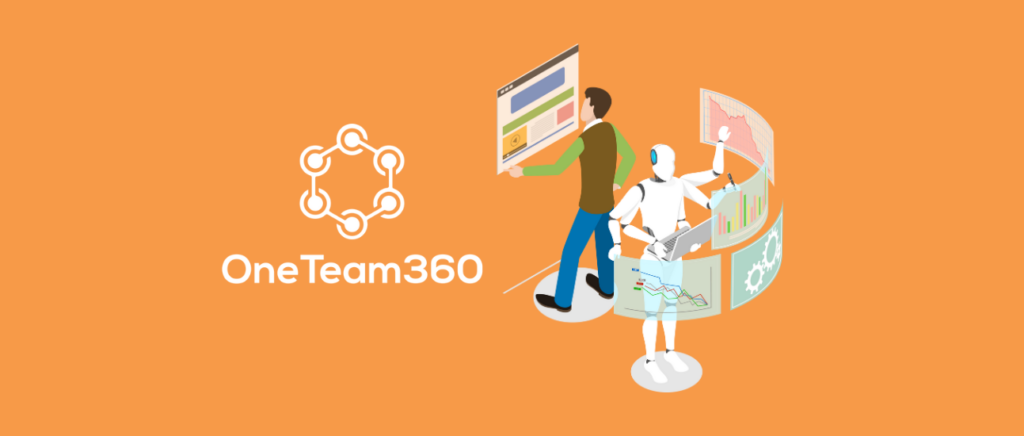How to Apply the Skill/ Will Matrix to Hourly Employees

In today’s fast-paced, service-oriented industries, with typically young or seasonal staff, understanding and leveraging the potential of every team member is key to achieving operational excellence and customer satisfaction.
One effective tool for managers, especially in environments with shift-based workers is the Skill/Will Matrix. This framework helps managers assess and develop their teams based on their skill levels and willingness to perform tasks or roles.
What is the Skill/Will Matrix?

The Skill/Will Matrix is a management tool that plots employees on a grid based on two factors: their skill (competence in their job role) and their will (motivation and willingness to work). This matrix results in four quadrants, each representing a different type of employee:
High Skill / High Will: These are your star performers who possess both the competence and the motivation to excel. They require opportunities for growth and leadership roles.
High Skill / Low Will: These employees have the skills but lack the motivation. Managers need to find ways to motivate them, possibly through understanding their personal goals or challenges.
Low Skill / High Will: Eager to learn but lacking the skills, these employees need training and mentoring to reach their full potential.
Low Skill / Low Will: This group may be the most challenging, requiring a tailored approach that might include reevaluation of their role, additional training, or even a discussion about their fit within the team.
Applying the Matrix in Shift-Based Work Environments

Shift-based workplaces, with their diverse and dynamic workforce, can greatly benefit from the Skill/Will Matrix. Here’s how managers can apply this model:
Identify and Assess:
Begin by establishing a regular assessment cycle to evaluate where each team member falls on the Skill/Will Matrix.
Initial training sessions and skill assessments, along with ongoing observation and performance feedback, provide essential insights for placing employees accurately within the matrix.
Movement within the matrix is a natural part of employee growth and changes in personal circumstances. Therefore, it’s crucial to view this assessment as a continuous, dynamic process rather than a one-time event. Tools like OneTeam360’s skill tracking and core value interactions help you gauge each employee’s proficiency and willingness easily and quickly over time.
Tailor Management Strategies:
With an understanding of each employee’s position on the matrix, managers can craft personalized management strategies that cater specifically to the individual’s needs. This might involve customizing development plans, setting tailored performance goals, and identifying suitable motivation and engagement tactics.
Customizing management strategies could mean aligning specific instructional roles or responsibilities with an individual’s demonstrated strengths and motivational levels to facilitate motivation and continuous growth.
For example, a gymnastics coach with high skill but lower will might be reenergized by leading advanced workshops, while a highly motivated but less experienced swim instructor could benefit from co-teaching opportunities.
It’s important to adjust management strategies as needed. For example, OneTeam360’s team member check-in feature ensures that managers stay connected with their team’s progress and well-being, adjusting strategies as needed.
Develop and Motivate:
Actively invest in the development of employees who show high will but may lack in skill. This could take the form of formal training programs, on-the-job training, mentorship arrangements, or opportunities for cross-training to enhance their skills and confidence.
Conversely, for those with high skill but lower motivation, explore creative motivational strategies. This could include implementing recognition programs, offering opportunities for involvement in decision-making, or adjusting their responsibilities to better align with their interests and goals.
Encouraging cross-training among different roles not only enhances team flexibility but also keeps employees engaged and interested throughout the season.
Communication and Feedback:
Lastly, establish open and consistent channels of communication, ensuring every team member feels valued and heard. Regular feedback sessions are essential, not only to discuss performance and development but also to understand each employee’s perception of their own skills, motivation levels, and career aspirations.
On the OneTeam360 platform, the 360-degree feedback tool is utilized to create a continuous loop of communication, allowing for real-time adjustments and fostering a culture of openness and continuous improvement.
Furthermore, end-of-season reviews can offer valuable insights for both the employee and management, shaping decisions for future seasons and fostering a culture of continuous improvement and recognition.
Conclusion
Overall, the Skill/Will Matrix is not just a tool for assessment but a framework for action. By categorizing employees into these quadrants, managers can devise more effective strategies to leverage individual strengths and address areas for development.
At OneTeam360, we are committed to using such innovative approaches to not only enhance our operational efficiency but also to ensure continuous growth, motivation, and team wellbeing.
What you should do now
Book a demo and see OneTeam360 in action.
Read more articles about company culture, team motivation and work productivity in our Blog.
If you know someone who’d enjoy this article, share it with them via Facebook, Twitter, LinkedIn, or email.